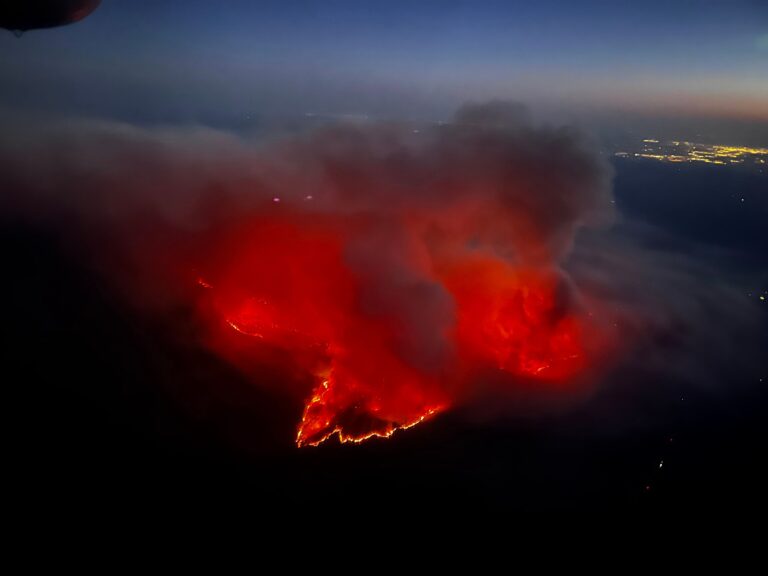The first results have been published from 2022’s California Fire Dynamics Experiment (CalFiDE) – an NOAA and CIRES-led campaign to capture coordinated wildfire observations in real time.
This study could lead to vast improvements in fire weather forecasting, which in turn could assist first responders on the ground who need to make quick decisions about firefighting strategy and evacuations, according to the researchers.
As it’s difficult to get close enough to observe a fire’s behavior, make good observations and therefore create accurate forecasts, researchers packed instruments onto a NOAA Twin Otter aircraft and on several pickup trucks. This enabled them to get close enough to take measurements from the air and on the ground while being mobile enough to stay safe and collect data from multiple locations.
The Twin Otter flew repeated passes over five different wildfires in northern California and southern Oregon during August and September 2022, including the Mosquito Fire, California’s largest wildfire that year.
Researchers outfitted the aircraft with instruments to measure fire intensity and spread, wind profiles and smoke plume chemistry. They drove the pickup trucks around each fire’s perimeter, collecting data on wind speed and air temperature while the Twin Otter flew above. According to the researchers, it’s the first time these kinds of measurements have been taken together during active wildfires and required the researchers to coordinate closely with firefighters and other emergency management personnel.
For more on this story, click here.



